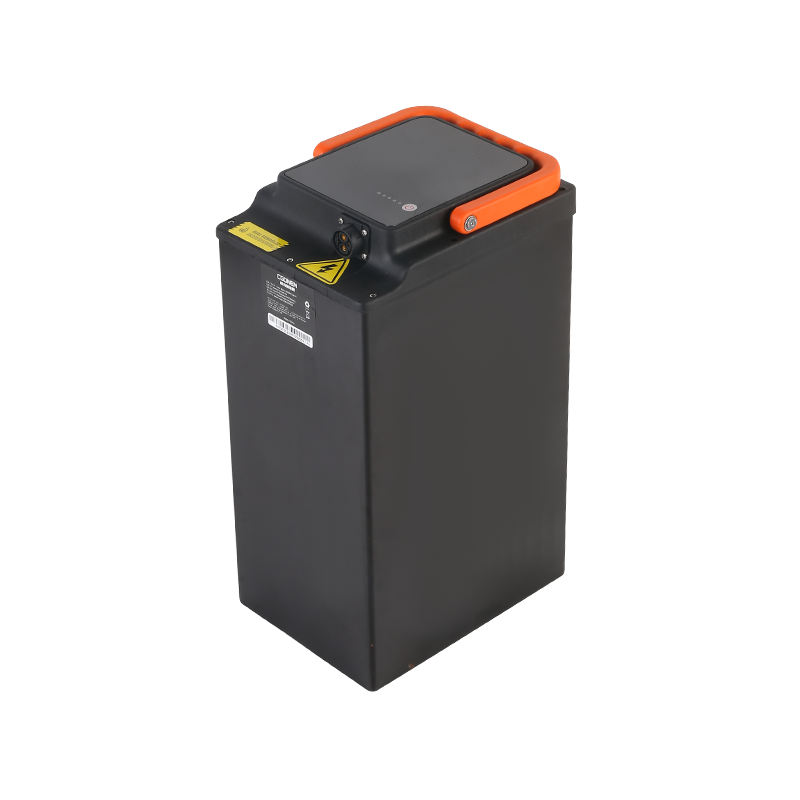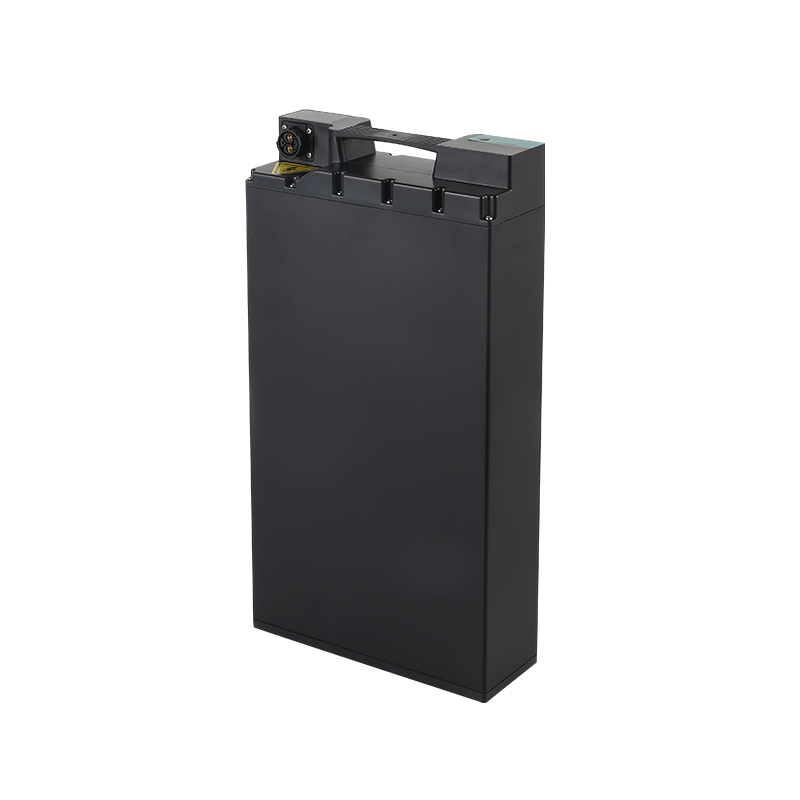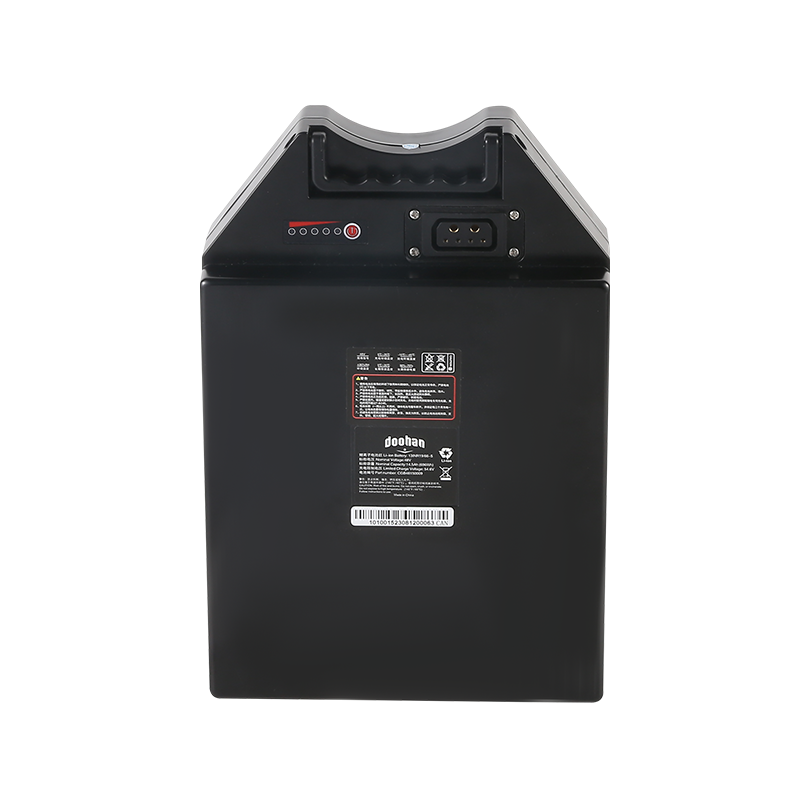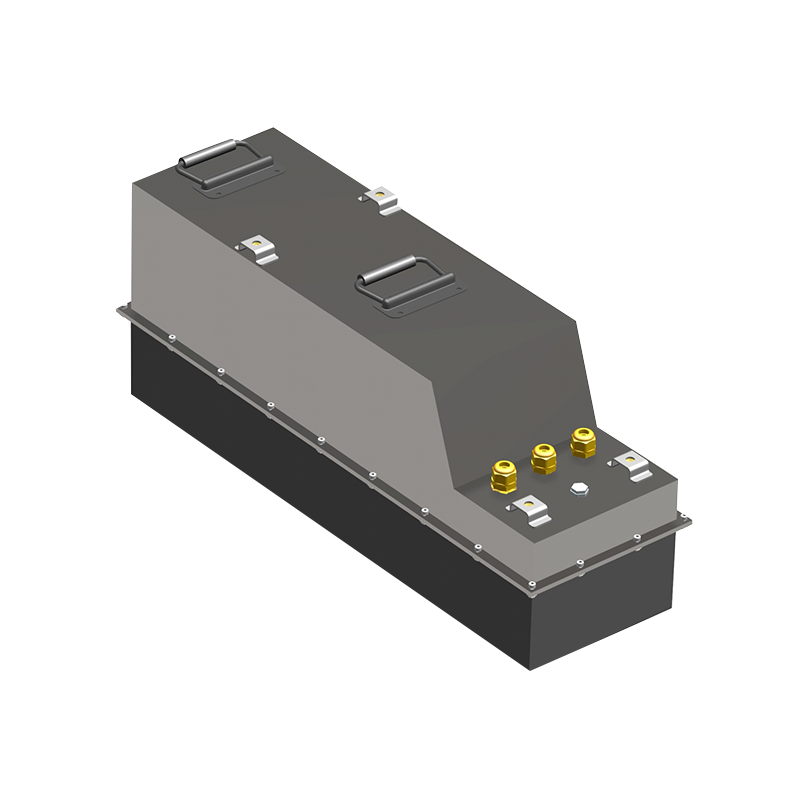Web Menu
Product Search
Exit Menu
Lithium Ion Battery Use Expands Across Industries
The widespread adoption and ongoing development of the lithium ion battery represent a significant trend in modern technology, influencing numerous sectors from personal electronics to transportation and energy storage. This versatile power source has become increasingly central to daily life, with its evolution focusing on enhancing capacity, safety, and sustainability to meet growing global demands.
The fundamental appeal of the lithium ion battery lies in its electrochemical characteristics. These energy storage devices offer a favorable balance between weight and power output, providing a high energy density that is crucial for portable devices and electric vehicles. The ability to undergo repeated charge and discharge cycles with relatively low memory effect makes the lithium ion battery a durable and long-lasting solution compared to older battery technologies. This reliability has cemented its status as the dominant power source for a vast array of applications, from smartphones and laptops to power tools and medical equipment.
In the automotive sector, the electric vehicle revolution is heavily dependent on advancements in the lithium ion battery. The performance, range, and affordability of electric vehicles are directly linked to the capabilities of their battery packs. Continuous research aims to increase the energy stored within a single lithium ion battery, extend its lifespan, and reduce the time required for recharging. These improvements are critical for enhancing consumer confidence and accelerating the transition toward electric transportation. The engineering of each lithium ion battery unit is therefore a key focus for manufacturers seeking a competitive edge.
Beyond transportation, the role of the lithium ion battery in energy storage systems is expanding rapidly. As the generation of renewable energy from sources like solar and wind power increases, the need for efficient storage solutions becomes more pressing. A large-scale lithium ion battery installation can store excess energy during periods of high production and release it during times of high demand or low generation. This capability helps stabilize electrical grids and makes renewable energy sources more reliable and integrated into the power infrastructure. The use of a stationary lithium ion battery array is becoming a common sight in both utility-scale and residential energy management projects.
However, the production and lifecycle of a lithium ion battery present ongoing challenges that are the subject of intense research. The extraction of raw materials, including lithium, cobalt, and nickel, raises questions regarding environmental impact and supply chain sustainability. In response, significant efforts are underway to develop new chemistries for the lithium ion battery that reduce or eliminate the need for scarce materials. Simultaneously, advancements in recycling processes aim to recover valuable components from a used lithium ion battery, promoting a more circular economy and mitigating the environmental footprint of these essential power units.
Safety considerations remain a priority in the design of every lithium ion battery. Engineers implement multiple protective mechanisms, including sophisticated battery management systems, to monitor voltage and temperature, preventing conditions that could cause thermal runaway. The development of more stable electrolytes and separator materials within each lithium ion battery cell further enhances its intrinsic safety, ensuring these power sources can be used confidently across a widening range of applications. The future of the lithium ion battery is likely to see continued innovation, solidifying its role as a cornerstone of portable and renewable energy systems for years to come.
-

+86-13049701086
-

Stonehuang@CGONEN.com
-

No.88, Huji Road, Taizhou Bay Binhai New Area, Jiaojiang District, Taizhou City, Zhejiang Province, China











